
Roden 1/72 SOPWITH F1 CAMEL TWO-SEAT TRAINER Plastic Model Kit
$17.99
Description
This was a natural consequence of the fighter's design features - critically small dimensions, a rather high undercarriage and a narrow distance between the wheels; and notably the considerable moving mass of the rotary engine. For skilled pilots who had survived the severe flying school of the Western Front all of this did not represent a vital issue, but in 1917 the Royal Flying Corps dramatically increased in size and its fighting units received many more beginner pilots. During only one half year more than a hundred accidents occurred involving Sopwith Camels, and thirty pilots were lost. Beginners started to be afraid of the plane and gave it the derogatory nickname Swine - in other words, ugly as a pig". In an attempt to tackle the situation, frontline squadron pilots tried converting the odd machine into two seat trainers, but these homemade products turned out to be too unstable in flight due to lack of attention to center of gravity issues.
At the beginning of 1918, Sopwith Aviation paid attention to this urgent problem and made the necessary changes to the Camel design, developing it into a proper two seat training aircraft. The armament was removed; the fuel tank was greatly reduced, because training flights did not last more than 10-15 minutes; a forward cockpit was inserted several inches further forward and the rear cockpit was tightly closed up to it (yes, room for the pilot's legs in the rear seat were somewhat restricted). These innovations allowed the two seater to maintain stability in the air without undue risk of a fatal spin or of stalling. Certainly, the two seat Camel equipped with dual controls allowed the instructor to duplicate the actions of the pupil and supervise the flight.
The plane never received its own name - it was simply called the Camel Trainer. Having built a quantity of these two seat machines, useful numbers were then delivered to the training schools and other instructional centers. In the history of the Great War this small twin seat plane might have gone almost unnoticed, but it accomplished an important and noble mission - it achieved trust and respect for the Allies' best fighter, the fine and unsurpassed Sopwith Camel."
Specifications
| Brand | Roden |






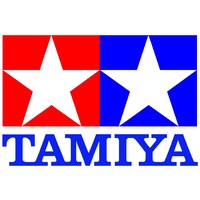





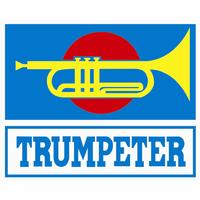


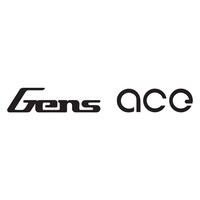
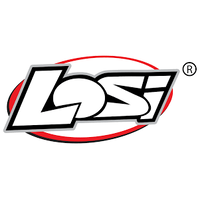
















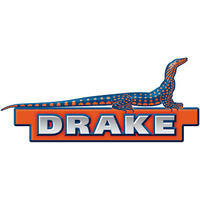





 Flat Rate
Flat Rate
![Deluxe Materials Plastic Kit Glue 20mL [AD70]](/assets/thumb/DM-AD70.jpg?20230421114526)

![Eduard 1/48 P-51 Korea Dual Combo Limited Edition Plastic Model Kit [11161]](/assets/thumb/ED11161.png?20220316113029)
![Academy 1/72 USMC F-35B VMFA-121 "Green Knights" Plastic Model Kit [12569]](/assets/thumb/ACA-12569.jpg?20210309135236)












